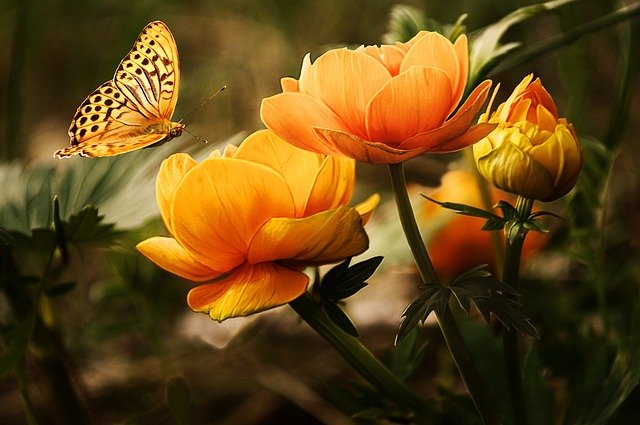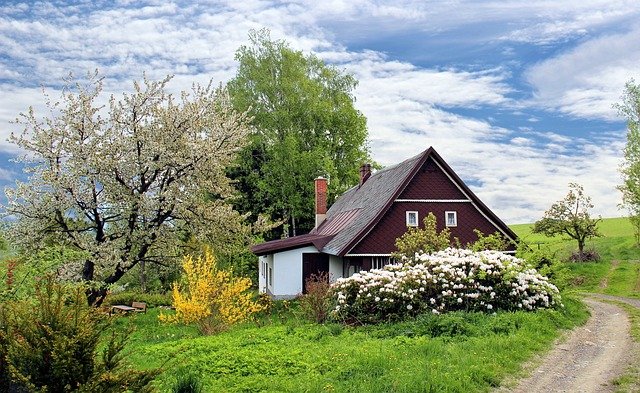A Beginner's Guide On How To Keep Your Outdoor Plants Healthy
Gardening can be a great hobby and a proactive passion that (quite literally) bears fruits to reap from (in case you have fruit trees). That being said, it is not a simple task to maintain the fruits of your labor. As with any hobby, there are certain things you need to be doing if you want your plants and trees to stay alive and healthy for many years. This article will provide a beginner's guide on how to keep your outdoor plants as beautiful as they were when you first brought them home.
Watering techniques
One common problem among novice gardeners is overwatering their plants and failing to recognize when their soil has become too dry. However, the inverse problem of failing to water your plants is also a common issue that kills most plants. When watering your outdoor plants, you have several options, depending on the type of plant and its location. You can use a garden hose connector that will allow an efficient attachment of the hose to the faucet to quickly saturate a large area or just a few potted plants. However, using a garden hose to water plants that are not planted directly in the soil is not a great idea. There are several reasons for this: exposure to waterborne pathogens, as well as exposure to chemicals contained in the hose's material or from fertilizers used on your lawn.

Most common mistakes people make when caring for their plants
Your outdoor plant's roots are very sensitive. One way to kill your plant is by exposing the roots directly to tap water. This causes all of the harmful chemicals present in the water to be rapidly absorbed by the root system, which will eventually lead to death.
One solution would be using rainwater or distilled water that has gone through a filtration system to remove harmful chemicals before it enters the root system. Yet another solution would be to use a drip irrigation technique that will allow you to water your plants with very little water pressure and direct the flow of water only at the base of the plant, preventing run-off from occurring and allowing more efficient usage.
Plant food is not actually food for plants
Just like people, plants need proper nourishment and vitamins to remain healthy and vibrant. However, plant food is not actually food for plants (although it can be considered as such for bugs and other small animals that ingest them). These plant nutrients will help your garden become green and lush, but if you want the best possible food for your plants, I suggest you seek a solution that is specific to the type of plant and its overall health. For example, indoor houseplants may need less water or sunlight than outdoor garden plants.
Types of soil for your outdoor plants
When considering different types of soil (or potting mix) for your outdoor plants, there are several factors to consider depending on the type of plant you have. For many outdoor plants, soil drainage is crucial because if your plant becomes too wet it can die from root rot or other infections. Using a good quality potting mix will usually do the trick, but in some cases, you may need to add coconut coir pith, peat moss, perlite, or vermiculite.
The first step to healthy plants is choosing the right soil for your specific outdoor plant. You can usually find information about the different types of soils and which one is best for a particular type of plant on most garden websites.
How to know if there's too much water in your potting mix
You can tell if your outdoor plants have too much water when the roots start to turn an unhealthy brown color and rot. Your plant may also fall over because its root system has rotted and is not strong enough to hold it up. Depending on your smell abilities and whether or not the plant is potted or outdoors, you can smell a moldy scent when the roots start rooting. The soil itself will also become extremely spongy when there is too much water.
Indoor plants need different nutrients than outdoor plants

Outdoor plants require more time to settle into their new pot because they are not used to being in a smaller area with limited sun exposure. Therefore, adding in plant food at the beginning of this settling period can cause the plant to become sick from over nourishment. For this reason, it may be best to let your plants get used to their new environment before adding in plant food. Indoor houseplants, on the other hand, will need a good dose of plant food after a month or two because indoor plants typically do not have access to direct sunlight and absorb more of the chemicals present in tap water than outdoor plants.
When you first bring your plant home, let it get settled into its new environment before adding anything into the soil. Also, if you have an indoor houseplant and notice that it looks thin and weak after a couple of weeks, don't add any more plant food until it gets used to its new environment.
Whether you're growing your garden or just trying to keep some potted plants healthy and green, knowing the right type of soil and plant food to use will help ensure that your outdoor plants flourish and grow into a lush and luxurious garden.
This article was published on 12/31/21.